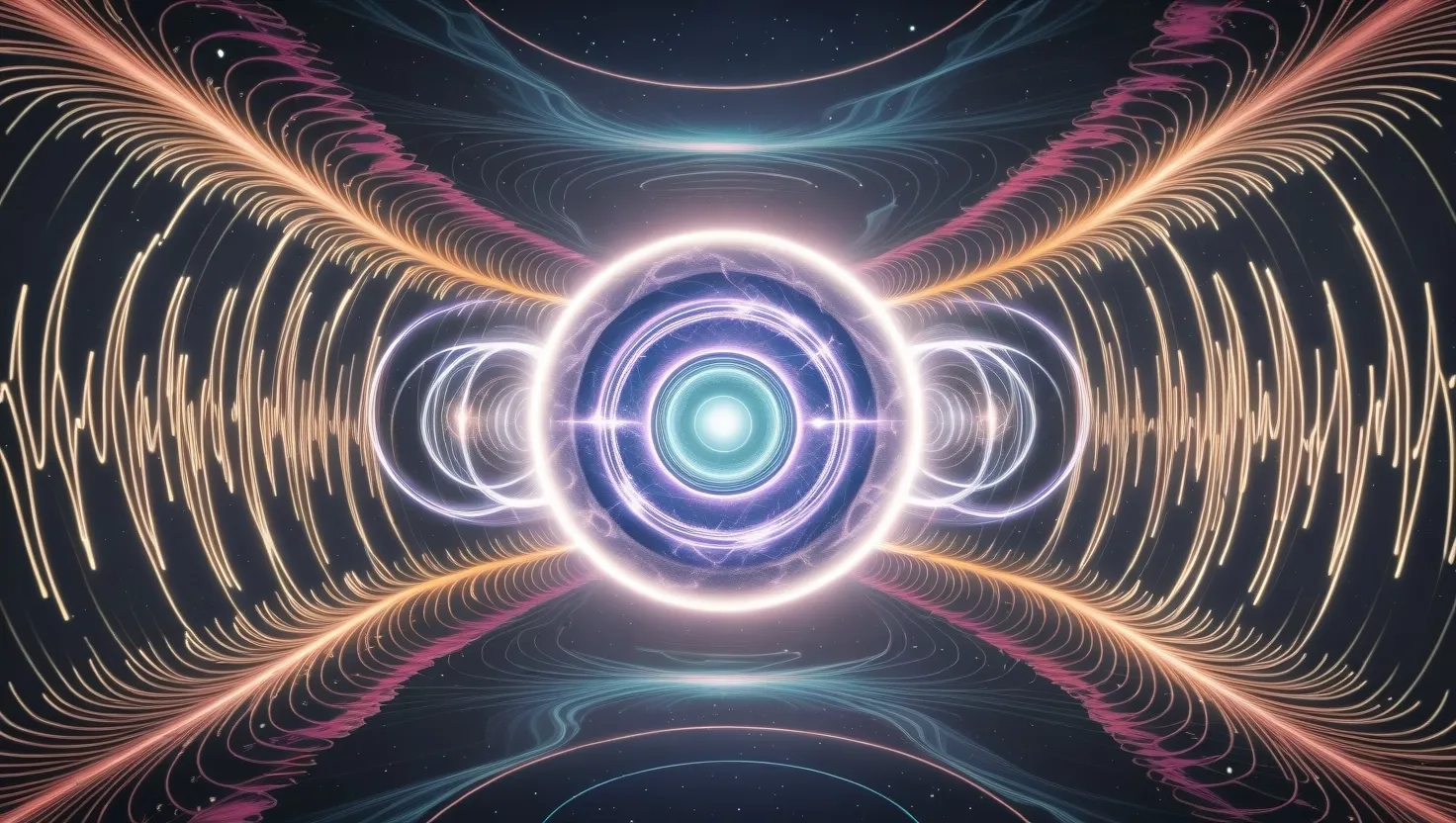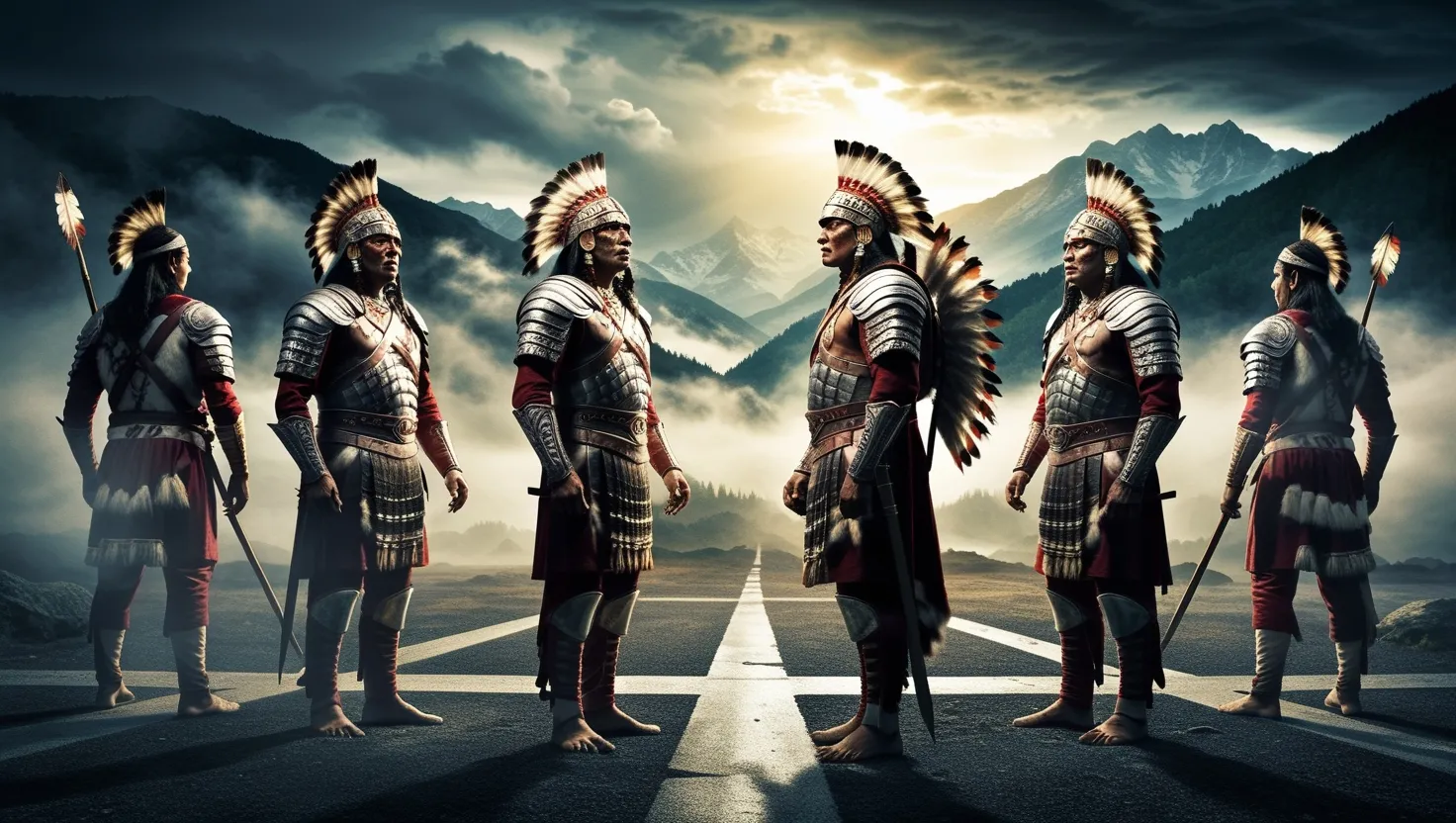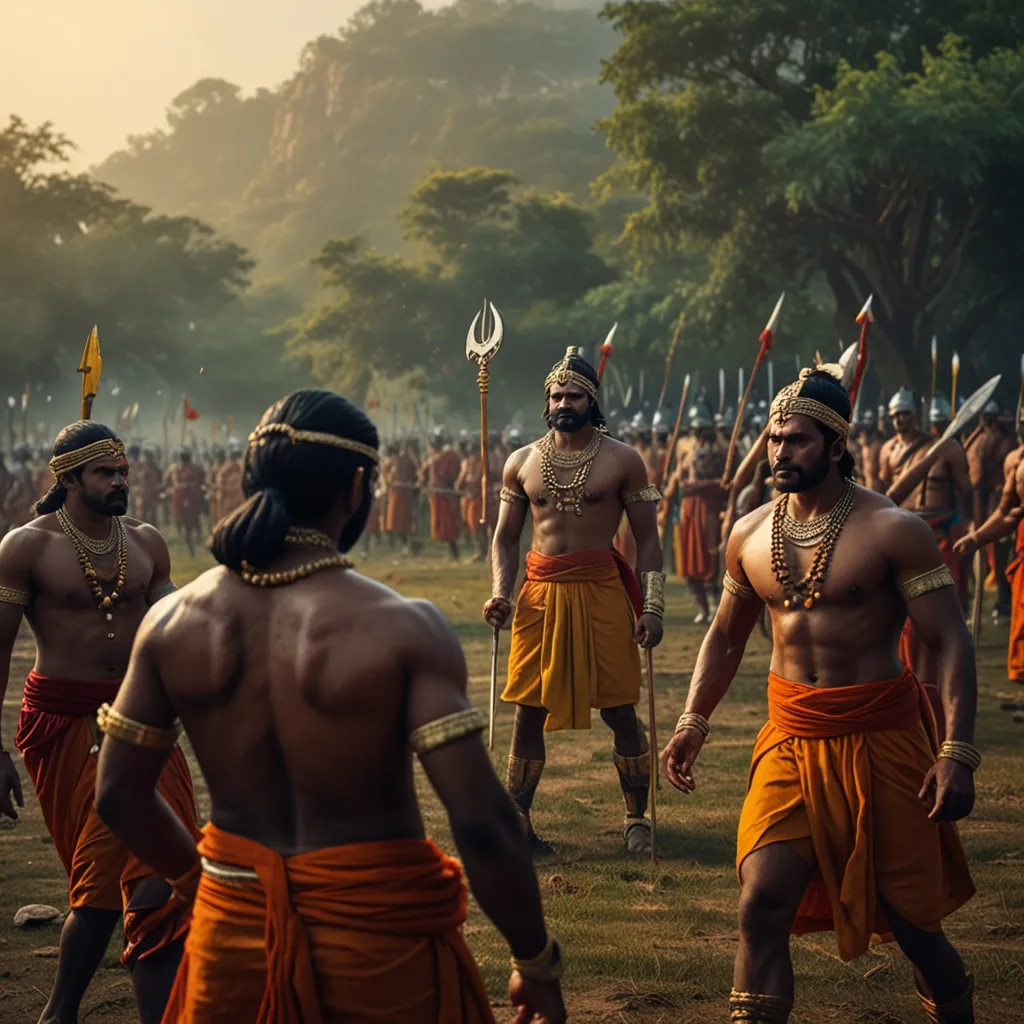Weapons in the Mahabharata have always fascinated me, not just for their destructive power, but for the deep stories behind each one. They aren’t just tools of war. These arms often act as catalysts for change, for heavy choices, and for profound consequences that ripple far beyond the battlefield. Have you ever wondered why Arjuna hesitated to use some of his weapons, despite having the ability to change the outcome of the war in a blink?
Each weapon is more than a marvel of divine engineering. Arjuna’s Gandiva, for example, wasn’t simply a strong bow. With its hundred-and-eight strings, forged by Brahma and blessed by Agni, Gandiva represented duty and the struggle to meet the expectations placed upon a warrior. Whenever Arjuna strung an arrow, he wasn’t only pulling back a weapon – he was shouldering the combined weight of his family’s fate, the advice of his mentor, and the divine mandate of dharma.
As the epic unfolds, the line between blessing and curse blurs. Krishna’s Sudarshana Chakra barely appears, but its presence changes everything. The weapon seems to act with a mind of its own—a symbol not of personal power, but cosmic justice. We see Krishna guide, rather than directly intervene, most of the time. He steps in only when the boundaries of fairness are threatened. Isn’t it striking how true influence often belongs to those who act only when absolutely needed?
One of the most poignant stories is Karna’s relationship with his Vasavi Shakti. Karna exemplifies sacrifice, accepting Indra’s bargain and giving up his armor for a single-use spear. His intention was to preserve the lives of many, yet the very act exhausted his only real chance at survival against Arjuna. The lesson here is not just about strength, but about how gifts can carry hidden costs and moral weight. It raises difficult questions: When is loyalty a strength, and when does it become a personal snare?
Block quote:
“In the Mahabharata, there is no undoubted right or wrong; the tragedy is that right is often not strong and strength often not right.” — C. Rajagopalachari
These weapons weren’t universally accessible. Bhishma, for instance, held an arsenal from his guru Parashurama. The possession of so many astras gave him near-invincibility, but also forced him to make impossible choices. Ironically, he never used them to their full potential. His struggle wasn’t just with enemies on the field, but with himself: the duty to protect the throne kept him from delivering swift justice. Can possessing unmatched power actually tie your hands in more ways than one?
Arjuna’s power had its own conditions. He never misused what he was given, often showing restraint where others would not. There’s wisdom in knowing when not to use force. If I ask you, how would you act if you knew you had a tool that could change everything, but also destroy everything?
What strikes me about these stories is how each weapon’s use comes with prayers, mantras, and rituals. It’s not just about skill, but about preparation and rights. The wielder isn’t just someone with martial prowess; he must have spiritual qualifications too. The Mahabharata is quietly telling us that technical mastery is hollow without a matching inner discipline.
Take the Brahmastra, a weapon so devastating that its invocation was considered a last resort. When Ashwatthama unleashed it out of vengeance, Krishna’s intervention showed that power detached from morality is poison. The result was Ashwatthama’s curse: condemned to wander forever, a fate worse than death, echoing the idea that losing sight of the greater good can leave one bereft of all purpose.
Block quote:
“The only wisdom we can hope to acquire is the wisdom of humility: humility is endless.” — T.S. Eliot
The pursuit of power in the epic is usually paired with sacrifice or loss. Ekalavya gives up his thumb, rendering himself second-best in archery out of respect for his teacher Drona. It begs us to rethink what real achievement looks like. Is it the medal, or the morality behind how you earn it?
Sometimes, incomplete knowledge leads to tragic consequences. Abhimanyu learns only how to enter the chakra formation, not how to escape it. Yet, his courage and partial knowledge drive him into a test that ends in disaster. Isn’t there a warning here: Handling powerful tools without full understanding can do more harm than good?
The weapon stories from the Mahabharata often map onto today’s world. Technological advances, military intelligence, social influence—all are double-edged swords. The epic encourages us to ask: Are our abilities matched by our ethical compass, or do we sometimes race ahead hoping others will clean up afterward?
Block quote:
“With great power comes great responsibility.” — Voltaire
Some astras reflect the unity of mind and matter. The Pashupatastra, given by Shiva, could be launched not just with bows, but by words or thoughts. Only Arjuna learned its secret, but he never used it, understanding that some might is better left undisturbed. This hints at a subtle truth: Sometimes restraint, even when you can act, is the most powerful choice.
There’s also the matter of rivalry and mentorship. In many cases, the greatest weapons come from the highest teachers. Bhishma’s arms from Parashurama, Arjuna’s from Shiva, Karna’s from Indra. Each gift is accompanied by instructions, promises, and sometimes, warnings that echo for generations. I’m left to wonder, do we value what is passed down, or do we risk ignoring the lessons that accompany these treasures?
Mahabharata’s arsenal is rich with lesser-known instruments, like the Agneyastra (fire), Varunastra (water), and the Narayanastra (mass missiles). Each demands its own rituals, preparation, and purity from the user. Some could be countered only by complete surrender, as in the case of Narayanastra. In that dramatic moment, the Pandavas lay down their arms, trusting in humility to save them. Would we know when to surrender in front of overwhelming odds, or would pride keep us standing?
Block quote:
“Peace is not the absence of power. It is the presence of restraint.” — Anonymous
The mythology is steeped in paradox. Divine weapons could do what human strength could not, but at every turn, their use was limited by moral codes, curses, or the soul of the wielder. Ekalavya, Abhimanyu, and Ashwatthama—all children of extraordinary talents—suffered bitter consequences not because of lack of skill, but because fate and character put them in positions with no escape.
What does it mean for us today? When we create new tools—be it artificial intelligence or genetic editing—the lessons from these stories urge caution. We must ask ourselves whether our intentions match the impact of what we wield.
Block quote:
“Dharma protects those who protect dharma.” — Mahabharata
Ultimately, the Mahabharata’s weapons aren’t just legendary objects. They are reminders. Power, whether divine or human, should serve a purpose higher than self-interest. It is easy to be tempted by the chance to dominate, but the epic is clear: real victory is rooted in wisdom, humility, and the willingness to bear the burden that comes with every gift.
Let’s remember that every story of a weapon here is also a story of someone carrying it—a person struggling with choice, duty, and the urge to make things right. In the end, it’s not the arms themselves, but the hands and hearts that wield them, that truly decide how history unfolds. And that, perhaps, is the most lasting legacy the Mahabharata offers to anyone seeking mastery—not just of weapons, but of themselves.






